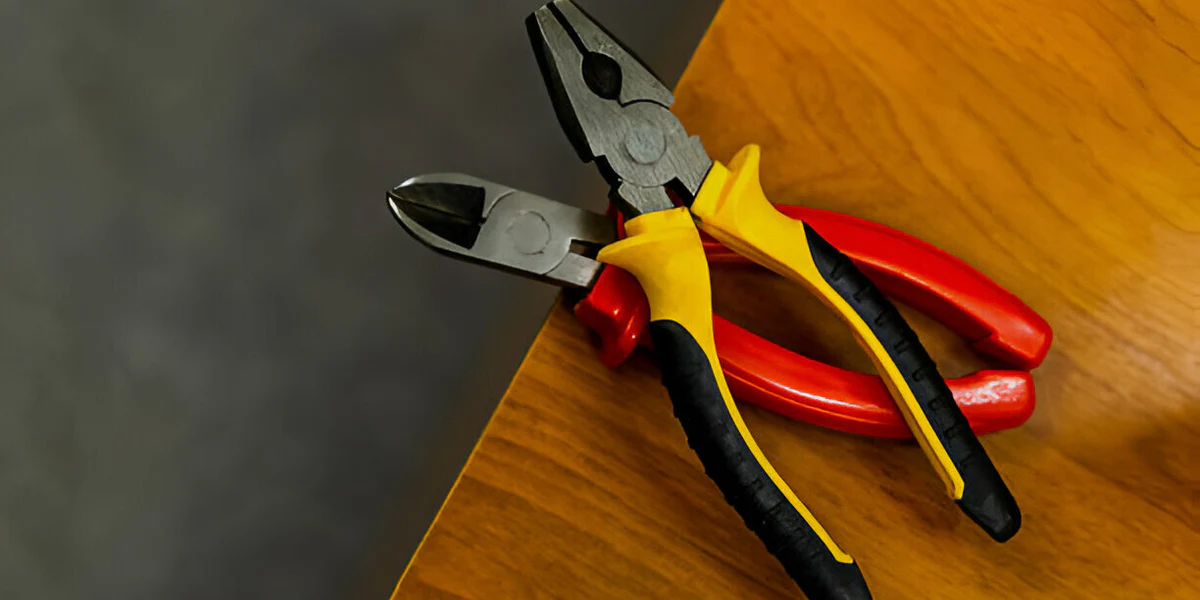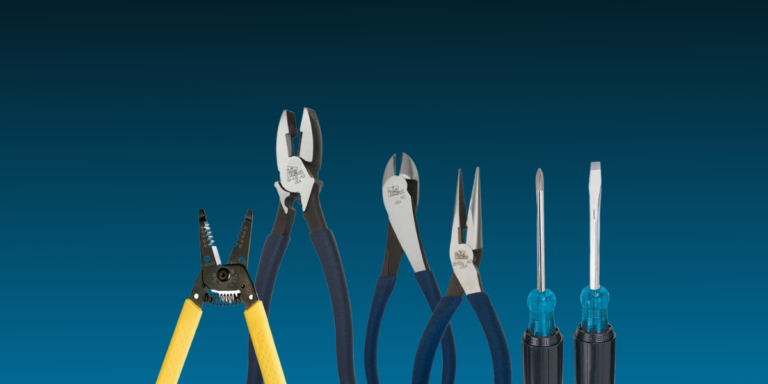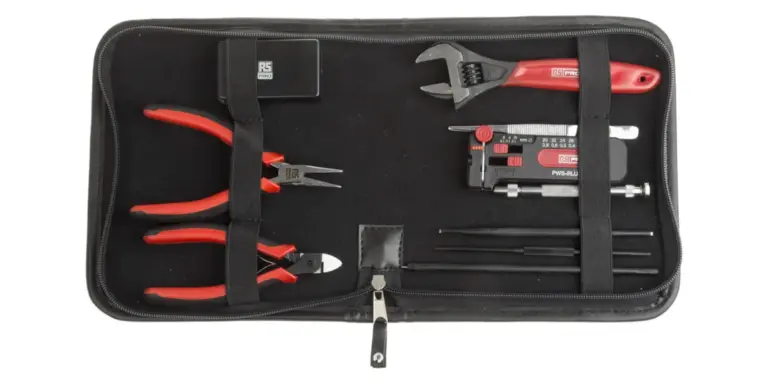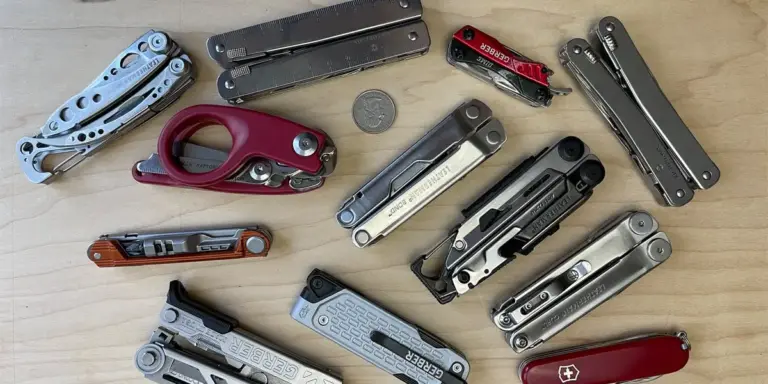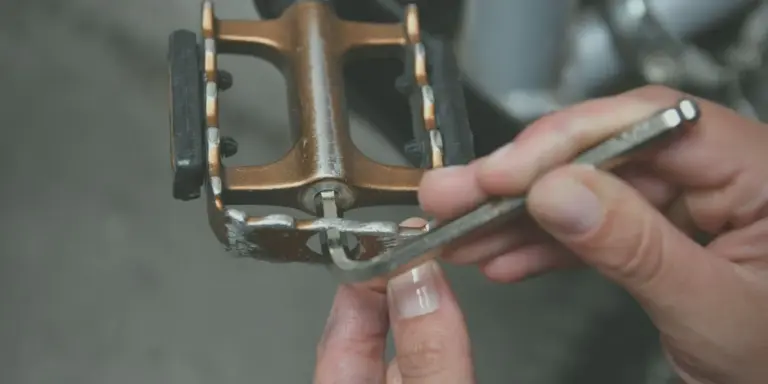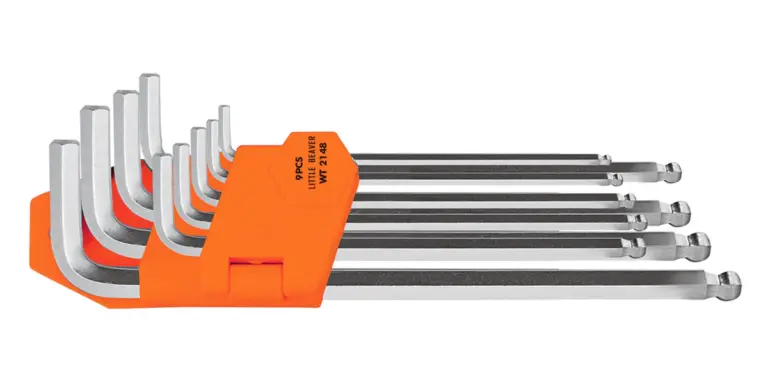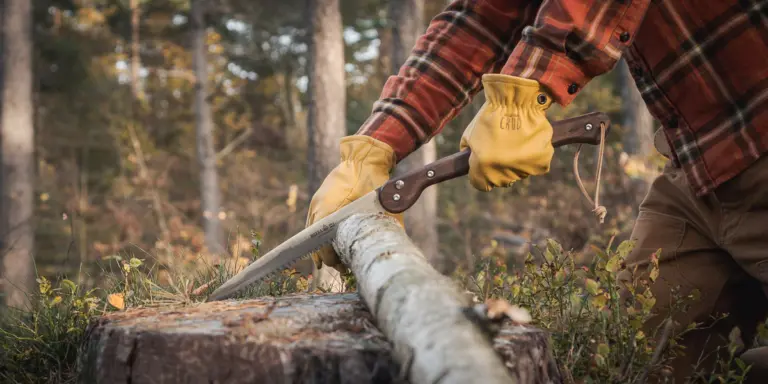Buying Guide: Pliers for Every Task
When it comes to building a functional and reliable toolbox, few hand tools offer the same level of versatility as a good set of pliers. Whether I’m tightening a bolt, gripping a stripped screw, cutting wire, or crimping terminals, I’ve found myself reaching for one type of pliers or another on nearly every DIY project I take on. They’re the kind of tool that can seem simple on the surface, but the variety of types—and what each is best suited for—makes all the difference in getting the job done right.
In this guide, I’ll walk through the essential types of pliers you’re most likely to need, what tasks they’re best suited for, and how to pick the right ones for your needs. By the end of it, you’ll be equipped to choose the right pliers for every task in your DIY adventures, whether you’re rewiring a lamp, fixing a leaky pipe, or crafting a piece of custom furniture.
Let’s explore the world of pliers and how to build a collection that can handle just about anything.
The Role of Pliers in DIY Work
Pliers are basically the multi-tool of the hand tool world. They grip, bend, twist, cut, pull, and hold all sorts of materials. Unlike wrenches, which are made to fit specific fasteners, or screwdrivers that serve one primary function, pliers do a bit of everything. That’s why I keep several types within arm’s reach no matter what job I’m tackling.
But not all pliers are made alike. You might think one or two pairs will cover it all—until you’re trying to cut a thick copper wire with needle-nose pliers and realize you need something heavier. That’s where this guide comes in. Knowing the right pliers for every task ensures not just a smoother workflow but also prevents tool damage and personal injury.
Slip Joint Pliers: The Everyday Workhorse
If I had to pick just one pair to keep in my toolbox, it would probably be a set of slip joint pliers. These are the classic pliers many people recognize, featuring a simple pivot point that can be adjusted to handle two different jaw widths. They’re versatile enough to grip bolts, hold small objects, and bend materials without too much force.
I often use mine for quick household fixes—tightening hose clamps, pulling nails, or holding something in place while I screw or saw. They’re not made for heavy-duty torque or cutting, but for general use, they’re great.
They definitely earn a place in any guide that highlights pliers for every task, especially for beginners building out a first toolkit.
Needle-Nose Pliers: Precision and Access
Needle-nose pliers are my go-to tool when I’m working in tight spaces. Their long, slender jaws are ideal for reaching into places my fingers just can’t fit—inside electronics, junction boxes, or engine bays. They’re perfect for bending wires, placing tiny fasteners, or grabbing onto something small and slippery.
They also have a built-in cutting edge near the base of the jaws, which is handy when working with electrical wires. I keep at least two sizes of needle-nose pliers on hand: a small one for electronics and delicate work, and a larger one for household tasks that require more grip strength.
In the context of pliers for every task, these shine when precision and reach are more important than brute strength.
Lineman’s Pliers: The Heavy Lifters
When I need serious cutting and gripping power, I grab my lineman’s pliers. These are stout, heavy pliers that excel at gripping large materials and cutting thick wire. Electricians swear by them, and I’ve found them indispensable for any wiring job around the house or workshop.
What I love about lineman’s pliers is how strong and reliable they are. The flat gripping surface is great for twisting wires together, while the cutting edge at the base of the jaws slices clean through copper or steel wire with ease. Some models even have crimping slots built in for making secure electrical connections.
They might not fit into every space, but they’re crucial to have on hand when you need real power. I consider them essential in any serious collection of pliers for every task.
Channel Lock (Groove Joint) Pliers: Versatility with a Grip
Also known by the brand name Channel Lock, groove joint pliers have adjustable jaws that can open wide to grip large objects like pipes, valves, and plumbing fittings. I use mine constantly during plumbing repairs, especially when working on sink drains or PVC fittings.
They give great leverage and can be adjusted quickly with one hand. The jaws are usually toothed, which helps them grip round or slippery surfaces securely. That said, I always wrap cloth around chrome plumbing fixtures before using them to avoid marring the finish.
Channel locks are indispensable for any home repair or renovation involving plumbing. When organizing pliers for every task, these are your go-to for large items that need serious gripping power.
Locking Pliers (Vise-Grips): Extra Hands When You Need Them
Locking pliers, often called Vise-Grips, are the extra set of hands I always wish I had. You clamp them onto a bolt, pipe, or piece of metal, and they stay locked in place until you release them. That frees me up to work with both hands or maintain steady pressure without constant grip.
They come in all shapes and sizes, from needle-nose to curved jaw, and I often use them for loosening rusted fasteners or clamping things temporarily during a glue-up. Some even come with built-in wire cutters or welding grips for metalwork.
Out of all the pliers for every task I own, locking pliers are the ones I reach for when I need control and stability under pressure.
Cutting Pliers (Diagonal and End-Cutting)
For any task involving wire, cutting pliers are a must. Diagonal cutters (or “dikes”) are angled to allow for flush cuts in tight spaces, while end-cutting pliers have jaws that approach from above and are useful for pulling out nails or staples.
I use diagonal cutters regularly when installing light fixtures, replacing outlets, or running new wiring. They make clean cuts that don’t fray the wire ends. End-cutting pliers are particularly helpful when I’m pulling out old brads from furniture or cutting hardware flush with a surface.
A solid pair of both types rounds out a well-prepared set of pliers for every task, especially in electrical and construction work.
Specialty Pliers Worth Adding
Beyond the basics, there are a few niche pliers that I’ve found incredibly helpful for specific situations:
- Snap ring pliers: These have tips designed to install or remove snap rings (retaining rings) in machinery or engines. If you’re doing any kind of auto repair or working with motors, these are essential.
- Wire stripping pliers: Though not technically pliers in the traditional sense, these are invaluable when working with electrical wiring. They strip insulation cleanly without damaging the conductor.
- Fencing pliers: If you’re working outdoors with wire fences, this multipurpose tool grips, cuts, and hammers fencing staples into posts. I’ve used these on garden and livestock fencing with excellent results.
These specialized tools aren’t for everyone, but they definitely belong in a complete arsenal of pliers for every task if your work or hobbies call for it.
What to Look for When Buying Pliers
When shopping for pliers, I always look at the following factors to ensure I’m getting tools that will last:
Material Quality: High-carbon steel or chrome vanadium steel offers the durability needed for frequent use. Cheaper alloys often lose their edge or wear out quickly.
Comfortable Grips: If you’re using pliers for extended periods, padded or ergonomically designed handles make a big difference. Some come with anti-slip coatings, which I find especially useful when working with oily or wet materials.
Joint Strength: The joint or pivot point is crucial for performance. A well-machined joint allows for smooth operation without wobble. Poor joints can lead to misaligned jaws and less precise gripping.
Jaw Design: Look at the tooth pattern and size of the jaws. For gripping round objects, a curved or V-shaped groove helps. For flat materials, straight jaws provide more surface area.
Size and Weight: Too heavy, and they’ll tire your hand out quickly. Too light, and they might not be strong enough for tougher jobs. Find a balance based on what you’ll be using them for.
Choosing pliers for every task isn’t about finding one perfect pair—it’s about building a small collection that covers your needs efficiently.
My Personal Pliers Set
To give you an idea of what works well together, here’s what I keep in my primary toolbox:
- Slip joint pliers (medium size)
- Needle-nose pliers (long and fine)
- Lineman’s pliers
- Groove joint (channel lock) pliers
- Locking pliers (two sizes)
- Diagonal cutting pliers
- End-cutting pliers
These cover 90% of the jobs I come across. I supplement them with wire strippers, snap ring pliers, and fencing pliers when needed. By sticking with quality brands and upgrading over time, I’ve built a set that’s ready for anything.
Conclusion
No DIY toolkit is complete without a good selection of pliers. They might not be the flashiest tools, but they’re often the most essential—handling everything from basic home fixes to complex electrical work and mechanical repairs. As I’ve learned through years of projects, having the right pliers for every task doesn’t just make things easier; it makes them safer, faster, and more precise.
Whether you’re just getting started with home improvement or looking to round out an already solid collection, invest in reliable pliers built for the jobs you tackle most often. With the right set on hand, you’ll be ready to grip, cut, twist, and pull your way through any repair or build that comes your way.

